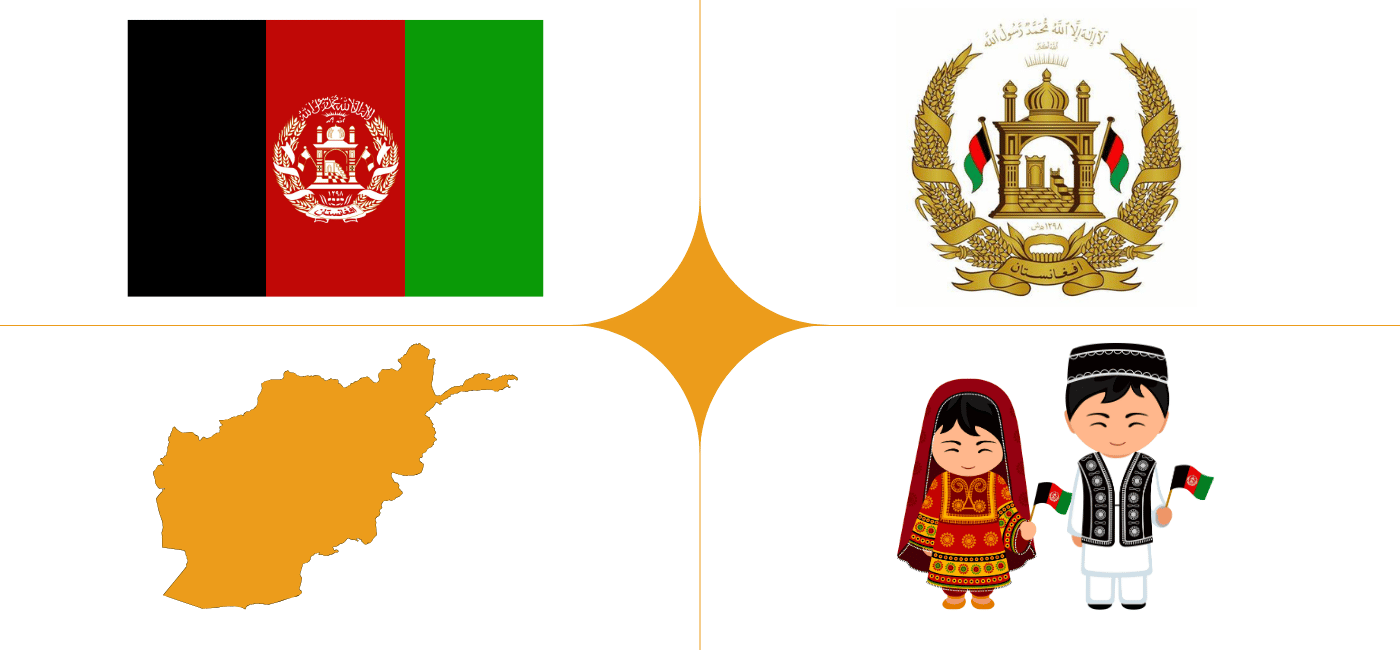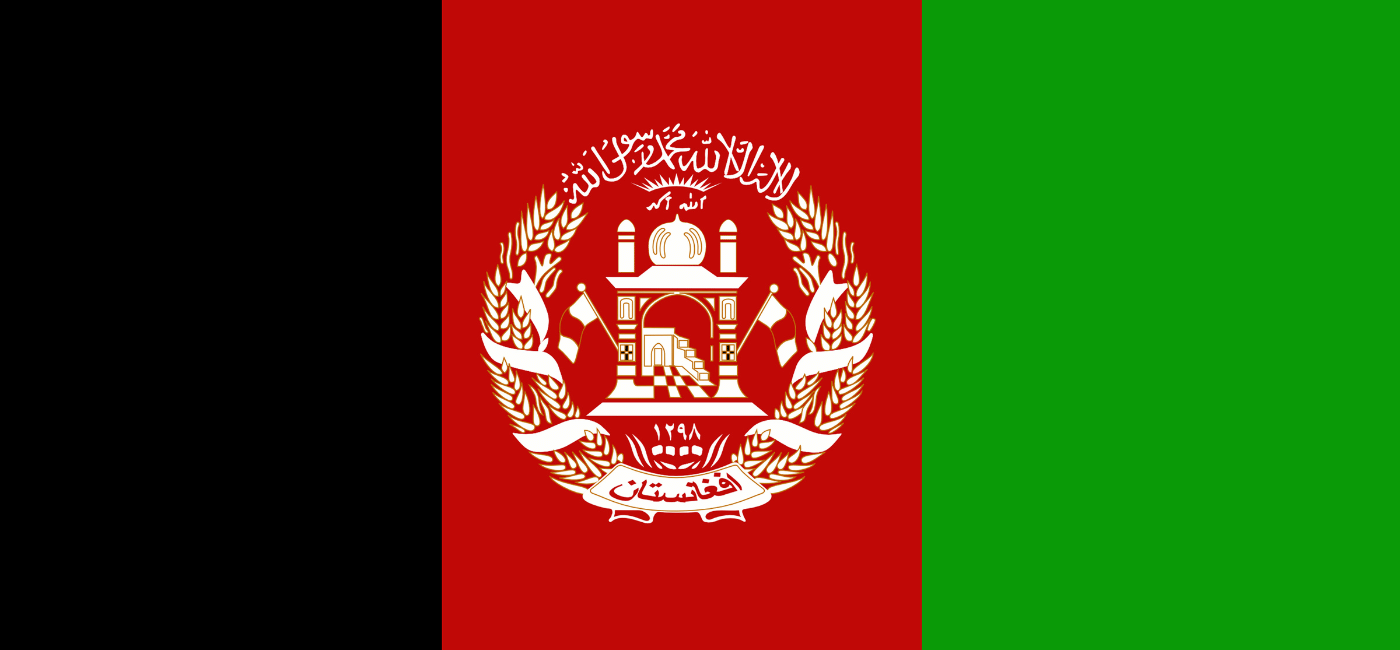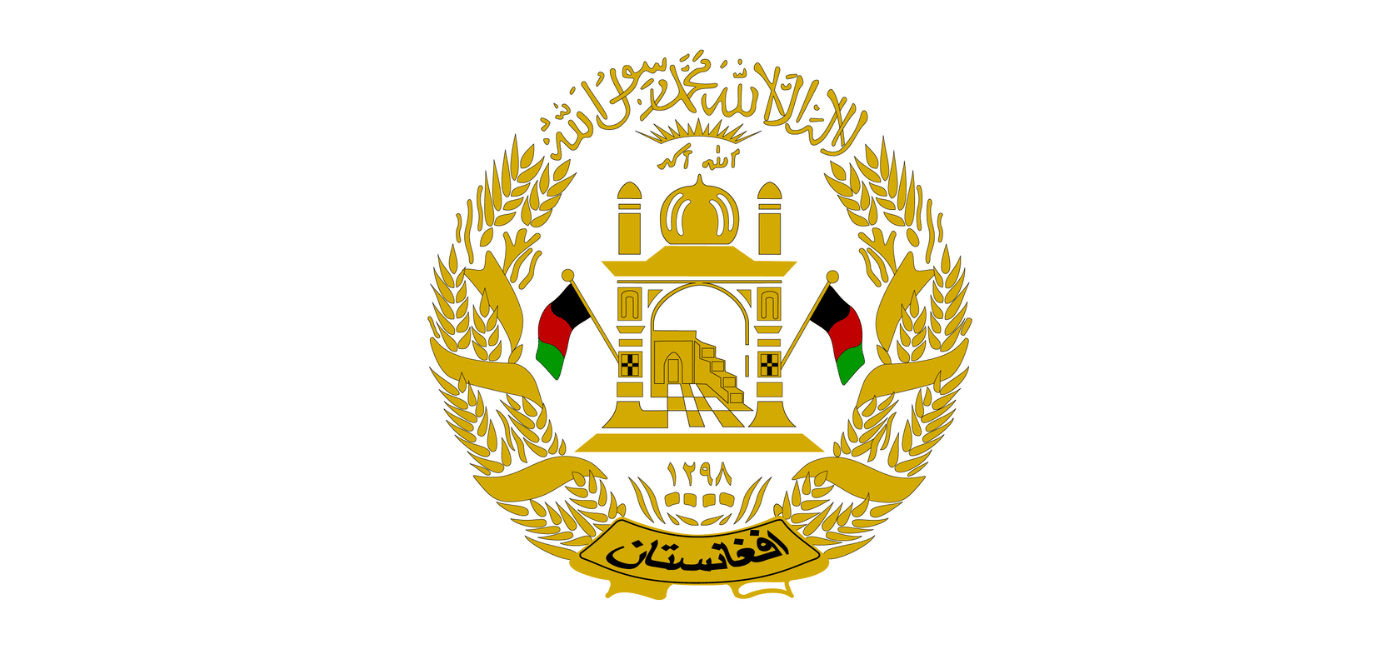Interesting Facts about Afghanistan
Afghanistan Interesting Facts
Afghanistan is a country in Central Asia with a vibrant culture and stunning landscapes. Officially the Islamic Emirate of Afghanistan.

Interesting Facts & Things to Know about Afghanistan
Afghanistan Flag and Emblem
As of 2021, Afghanistan’s current flag is solid black with white Arabic script featuring the Shahada (Islamic declaration of faith). Previously, the Afghan flag consisted of black, red, and green stripes with a national emblem at the center, representing the country's rich history, struggles, and independence. The flag has undergone multiple changes throughout Afghanistan’s history, reflecting different political eras.

The State Emblem of Afghanistan features a mosque with a mihrab and minbar, symbolizing Islam as the nation’s foundation. The emblem also includes two crossed swords, wheat branches, and the Shahada inscription. Throughout history, Afghanistan’s emblem has evolved alongside its political landscape, maintaining elements of national identity and faith.

Afghanistan: A Land of History, Culture, and Stunning Landscapes
Afghanistan, a landlocked country in South Asia, is known for its majestic mountains, ancient civilizations, and rich cultural heritage. With a history stretching back thousands of years, Afghanistan has played a significant role in global trade, culture, and conquests. Here are some fascinating facts about this remarkable nation:
1. One of the Oldest Continually Inhabited Regions
Afghanistan has been home to various civilizations for over 5,000 years and was a key part of ancient trade routes that connected East and West.
2. The Crossroads of Civilizations
Situated at the intersection of Central Asia, the Middle East, and South Asia, Afghanistan has been influenced by Persian, Greek, Buddhist, and Islamic cultures over the centuries.
3. The Bamiyan Buddhas: A Lost Wonder
Afghanistan was home to the famous Bamiyan Buddhas, two massive statues carved into cliffs that stood for over 1,500 years before their destruction in 2001.
4. The Hindu Kush: A Majestic Mountain Range
The Hindu Kush mountains, which dominate much of Afghanistan’s landscape, have peaks rising over 7,000 meters (22,965 feet), making them one of the most rugged and breathtaking ranges in the world.
5. The Minaret of Jam: A UNESCO World Heritage Site
The Minaret of Jam, built in the 12th century, is one of the finest examples of Islamic architecture and stands as a testament to Afghanistan’s rich historical legacy.
6. A Nation of Poets and Scholars
Afghanistan has a deep poetic tradition, with legendary figures like Rumi, one of the most influential poets of all time, who was born in the region.
7. Kabul: One of the World’s Highest Capitals
Kabul, the capital of Afghanistan, sits at an altitude of approximately 1,800 meters (5,900 feet) above sea level, making it one of the highest capital cities in the world.
8. The Silk Road Legacy
Afghanistan was a crucial stop on the ancient Silk Road, facilitating trade between China, India, the Middle East, and Europe for centuries.
9. Diverse Ethnic Groups and Languages
Afghanistan is home to multiple ethnic groups, including Pashtuns, Tajiks, Hazaras, and Uzbeks. It has two official languages: Dari (Persian) and Pashto.
10. Afghan Cuisine: A Delicious Blend of Flavors
Afghan cuisine is a mix of Central and South Asian flavors, featuring famous dishes like:
- Kabuli Pulao - A fragrant rice dish with raisins, carrots, and meat.
- Mantu - Delicious steamed dumplings.
- Naan - Traditional Afghan bread, often served with flavorful stews.
Conclusion
Afghanistan is a land of ancient traditions, breathtaking landscapes, and resilient people. Despite its turbulent history, the country remains a place of cultural richness, historical significance, and natural beauty, offering a deep and fascinating heritage to explore.
Related topics

